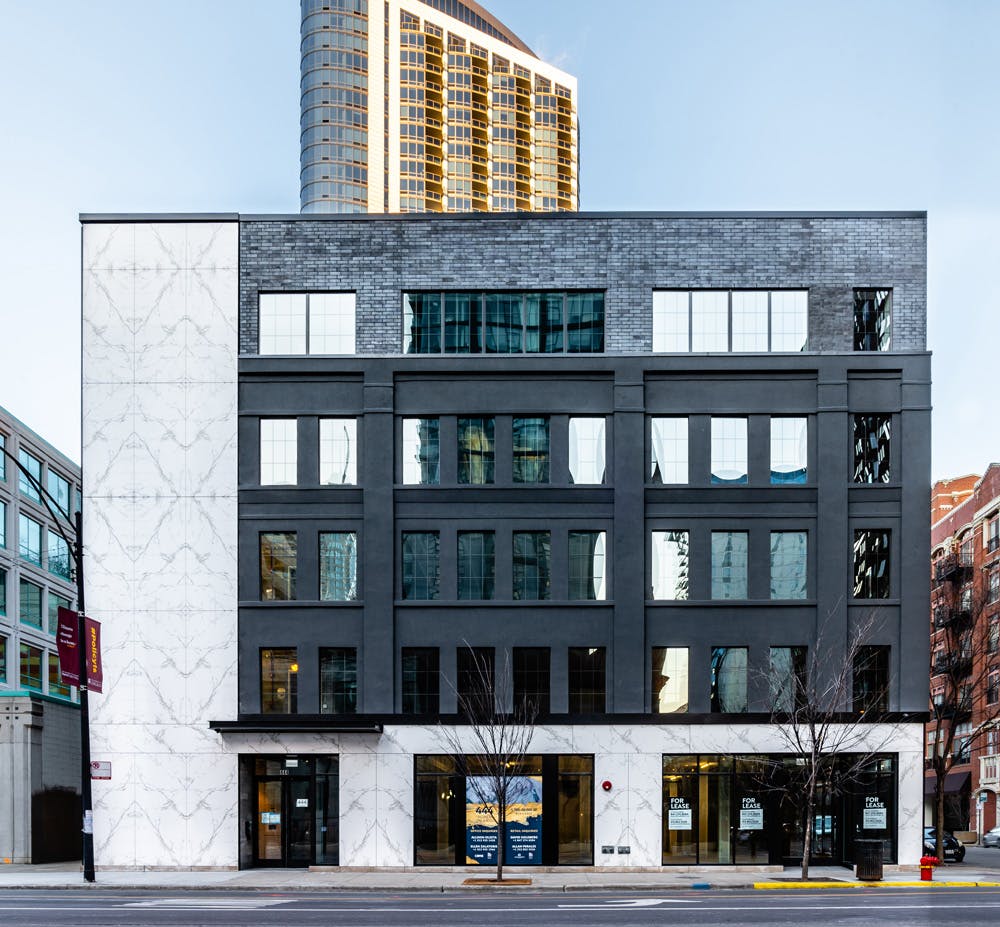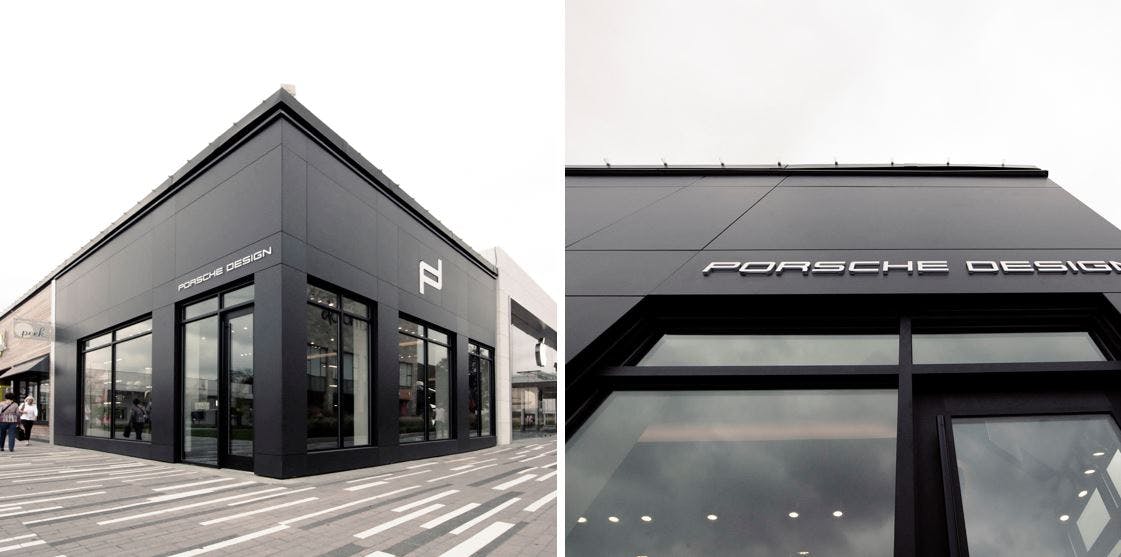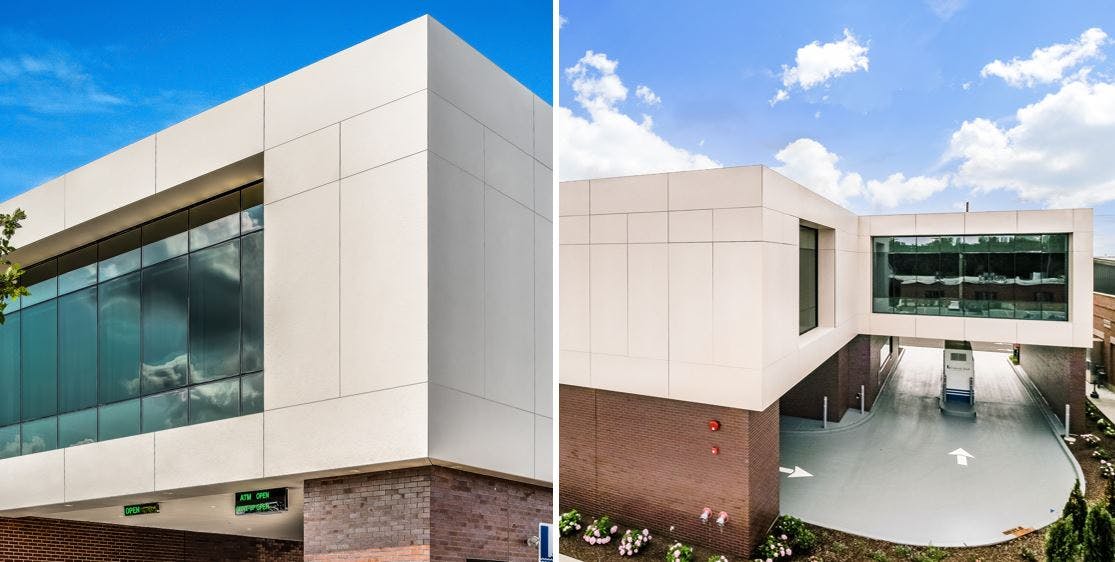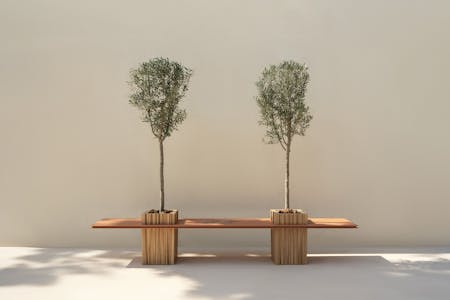
Dekton’s properties shine in facade applications
Home » Blog & Events » Dekton’s properties shine in facade applications
Dekton Ultracompact by Cosentino offers endless design possibilities and cutting-edge innovations. Its technical and aesthetic properties, along with its large format and varying thicknesses make it the perfect material for facades of all types and sizes.
Cosentino has a dedicated team of facades specialists that guide and support customers through the entire lifecycle of their project - from the initial idea to execution, and post-selling services. We chatted with Helena García, Facades Project Manager at Cosentino who shared her expert insight into what makes Dekton the optimal material for facades.
What makes Dekton the superior material for facades?
Its amazing technical properties, such as resistance to stains (including graffiti), scratches, hydrolysis, the freeze/thaw cycle, and much more. It also has ultra-low water absorption and superior dimensional stability. Coupled with its large format, varying thicknesses, and zero maintenance, it is the perfect material for facades.
Additionally, Cosentino has the ability to develop custom colors and cut-to-size panels and has a specialized team of experts that supports customers in the entire project lifecycle.
What is the biggest architectural facade challenge Dekton has been able to solve?
Cosentino’s technical team has developed complex technical solutions with Dekton to bring ideas and sketches to life. Those solutions are seen in some of our most iconic facades such as ToHa in Tel Aviv and Grävlingen in Stockholm.

How is Dekton different from porcelain-like materials?
Dekton is an ultracompact surface, which is to thank for its unparalleled technical properties. The main differences are the material composition (Dekton’s body is all the same material), and the intense pressure and heat used to create Dekton, which makes it virtually indestructible.
Why should architects opt for Dekton instead of natural stones and other materials for their facades?
Natural stone facades can be very beautiful, but they may present long-term problems which result in high maintenance costs. Dekton eliminates the risk of condensation, efflorescence, thermal bridges, and color variations by UV rays.
With Dekton you will get a façade that will last forever and that will make the building more energy-efficient, as it offers savings on heating and cooling. But that’s not all, Dekton can also be used for roofing, flooring, and cladding to get a visually continuous feel by using the same material throughout the building.

Are you interested in learning more about Dekton facades? Contact us today and one of our facade experts will be in touch to assist you!


 Back
Back



